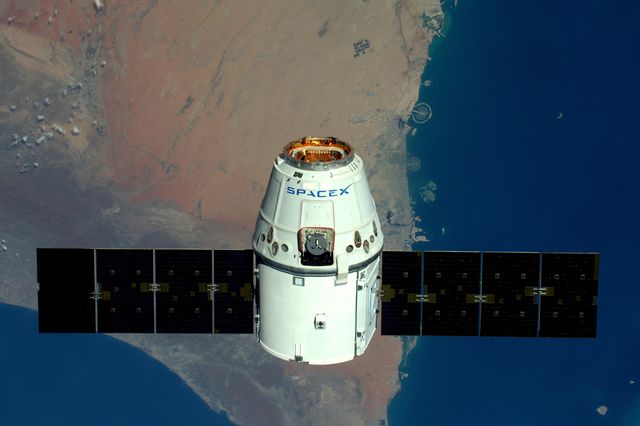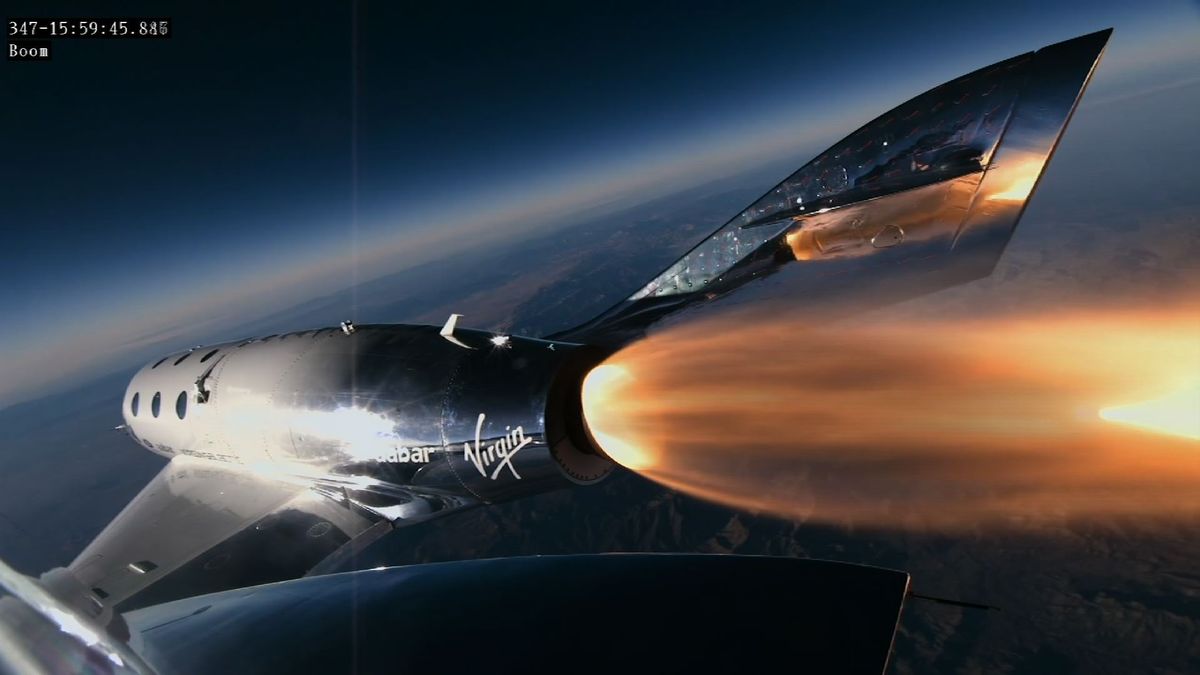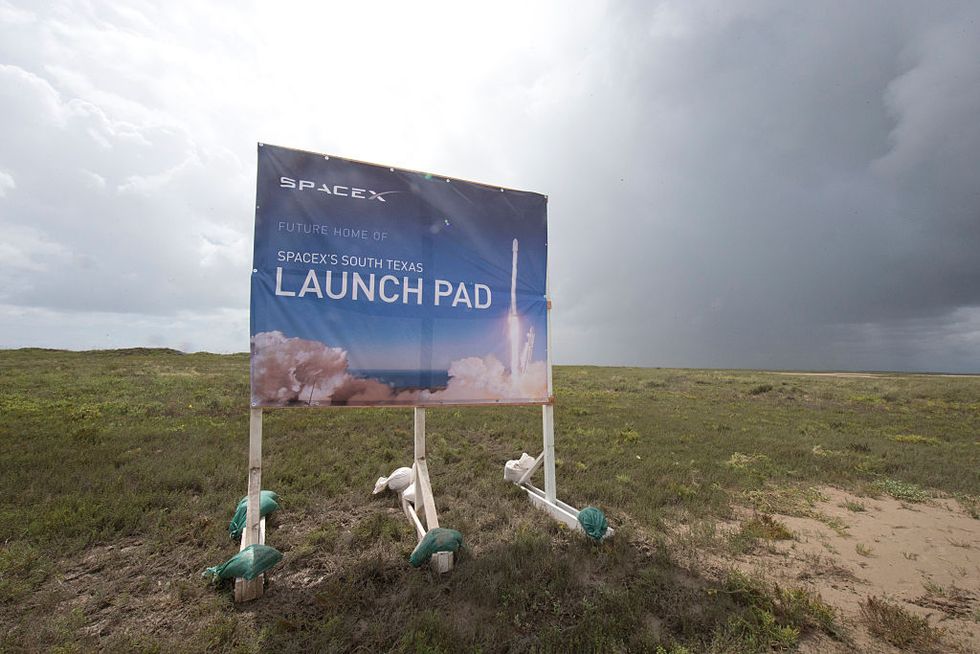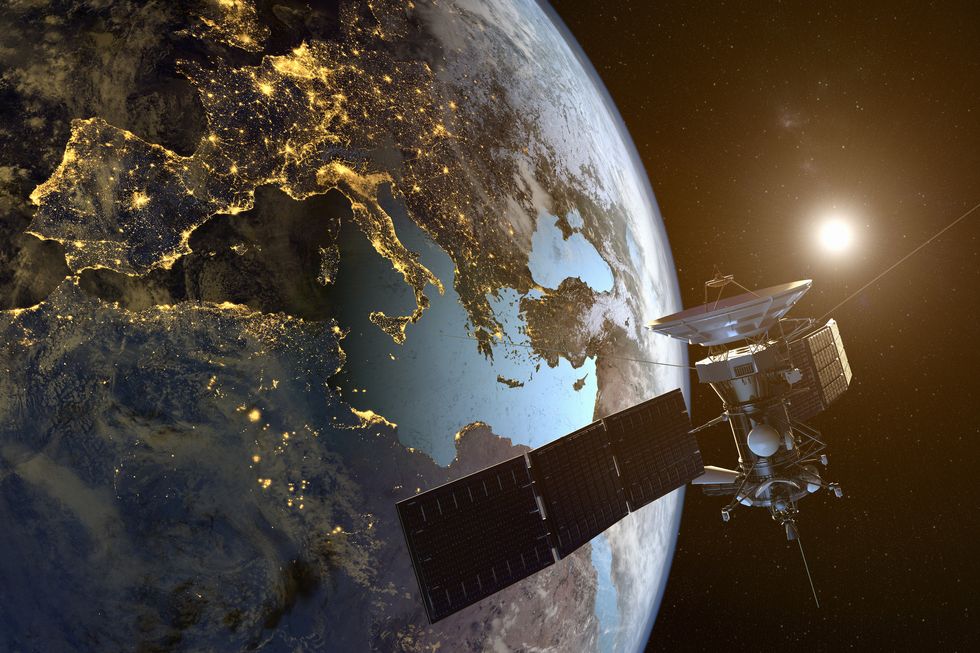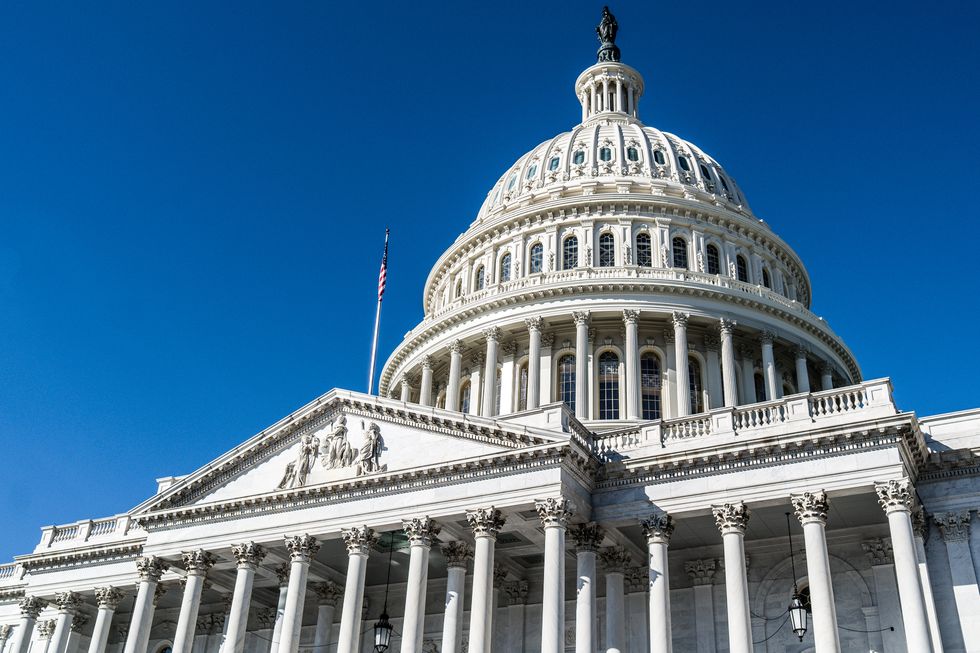The private space industry will have a lot to celebrate in 2019. Virgin Galactic will launch its suborbital space tourism business. NASA astronauts will again fly to the International Space Station from U.S. soil, and on hardware owned by private companies. Small satellites will enjoy their own dedicated launches, no longer relegated to being secondary payloads on expensive flights. And NASA has begun to turn to the private sector for its lunar plans.
Yet the Grateful Dead said it best: When life seems like easy street, there is danger at your door. It’s a melodic warning to be on guard, one that is particularly appropriate to the commercial space industry as it roars into an epic 2019. Not content to be optimistic, Popular Mechanics reached out to some experts to find what headwinds the private space revolution might face this year.
The Long Shadow of NASA
As the commercial space industry racks up successes, those achievements will be compared to NASA's. And that could lead to some backpedaling when it comes to outsourcing space exploration to private space companies—especially if something were to go wrong.
John Logsdon, professor emeritus at the Space Policy Institute at George Washington University, says this is his primary concern. “To me, the biggest challenge to the providers of commercial spaceflight services is overcoming the skepticism among traditionalists that they can offer credible, reliable, as-safe-as-government, affordable space transportation,” he says. “The attitude that only NASA knows how to manage human spaceflight persists.”
The industry may be changing quickly, but Logsdon says attitudes are taking more time. “I think for most it will erode gradually,” he says. “Absent an early accident.” Indeed, a private space fatality (during an operational crash, not a test flight) would have major repercussions. The perception of the industry means a lot for ticket sales, regulation, and legal liability.
However, not every accident would cause the same ripples. “I think the reaction would be different for a fare-paying passenger than for a NASA astronaut,” Logsdon says. “There would be a stronger reaction for an astronaut. Private folks have paid to take the risk."
Air vs. Space?
More space companies and missions means more shared airspace. And while cooperation is key for safety's sake, airlines and cargo carriers loathe schedule disruptions and fuel losses caused by rerouting airplanes because there's a rocket going up or a spaceplane coming down. “One of the things that caused a lot of heartburn with the aviation industry was the idea of the amount of spaceports that are being licensed, and where they're being licensed,” says Eric Stallmer, the head of the Commercial Spaceflight Federation.
From an economic and political point of view, it's usually a good thing when an industry is distributed across many cities and states. But the expanding reach of spaceflight is causing more territorial conflicts with the aviation industry, and the airlines have a lot of clout with the FAA and Congress.
Stallmer points out how a lack of communication between the traditional aviation and space industries resulted in a 2018 political setback. “At the end of the year, we had a commercial space bill that had a unanimous consent at the Senate. We thought it was going to be adopted by the House,” he says. “Literally at the 11th hour, the House Transportation Committee killed it because of some concerns from the aviation industry.”
He calls those concerns overblown. The FAA considers airspace issues when it licenses a spaceport, for one thing, and each location is permitted to allow only certain kinds of launches. In other words, there won’t be rockets tearing through the airspace of busy airports, necessitating shutdowns and airspace closures. Airplanes carrying rockets are easier to integrate into the airspace than vertical launches, and these horizontal launch systems will be more common at spaceports than vertical launchpads.
Still, advocacy groups like the CSF have to smooth the way if the new space industry is going to avoid these kinds of bureaucratic battles. “We’ve had success working with the aviation community this year, which I've never had to deal with in the past,” Stallmer says. “It started off rocky, but I have certainly a much better understanding of aviation operations and I think they have a much, much better understanding of commercial space operations.”
Too Many Spacecraft, Not Enough Missions
It’s great to have a vibrant launch industry, but without customers who want to launch things, the industry will suffer. Henry Hertzfeld, research professor at GWU’s Space Policy Institute, says that a “larger private sector demand for space applications” still needs to develop.
“This is particularly important for some of the new private initiatives emphasizing longer-term projects such as using space resources, servicing satellites, and operations on the moon, Mars, or other celestial bodies,” he says. “But it’s far too soon to predict success or failure based on consumer or private demand.”
However the business cases for shorter-term space projects could face harsh realities. Even front-running commercial space companies could face competition. Nothing is guaranteed. “Those that involve big data—mostly remote sensing applications—likely have the best chance of being successful,” Hertzfeld says.
If Anti-Trump Means Anti-Space
Over the past few years, the federal government has supported the private space industry by issuing space policy directives and re-forming the Space Council. It has emphasized reducing regulations and streamlining oversight—for example, the way the FAA tweaked launch and reentry rules to reflect new vehicles.
“The FAA has been a good partner, with the guidance of the White House and the Space Council,” says CSF’s Stallmer. “We hope that continues into 2019, but again, you have a little bit of political uncertainty at this point and here in January, with the new Congress and new leadership on various committees.”
Stallmer has a right to be nervous. Changing political tides have doomed projects at NASA as new administrations set aside their predecessor's plans and installed their own. The same kind of thing could happen to private space if the opponents of the Trump Administration see space as his pet issue.
“Space is a very, very bipartisan issue that has been supported extremely well by both parties,” says Stallmer, who is part of the Space Council's user advisory group. “I hope it's not viewed as just something that the current president or the administration wants to move forward, because then it could become toxic to the other side."
It'll come down to Congress, which could be a good thing for the space world. The parochialism that comes from having a local industry could inspire more politicians to value and seek to protect the space industry, no matter what battles are waged to and from the White House.
“I've never walked into an office and anyone told me that they hate space,” Stallmer says. “It might not be in their top ten list and there's a number of other issues ahead of that, but there's not a negative effect to it. I think the geographical interest is growing as the industry continues to grow, and that's a very good thing.”
Joe Pappalardo is a contributing writer at Popular Mechanics and author of the new book, Spaceport Earth: The Reinvention of Spaceflight.

